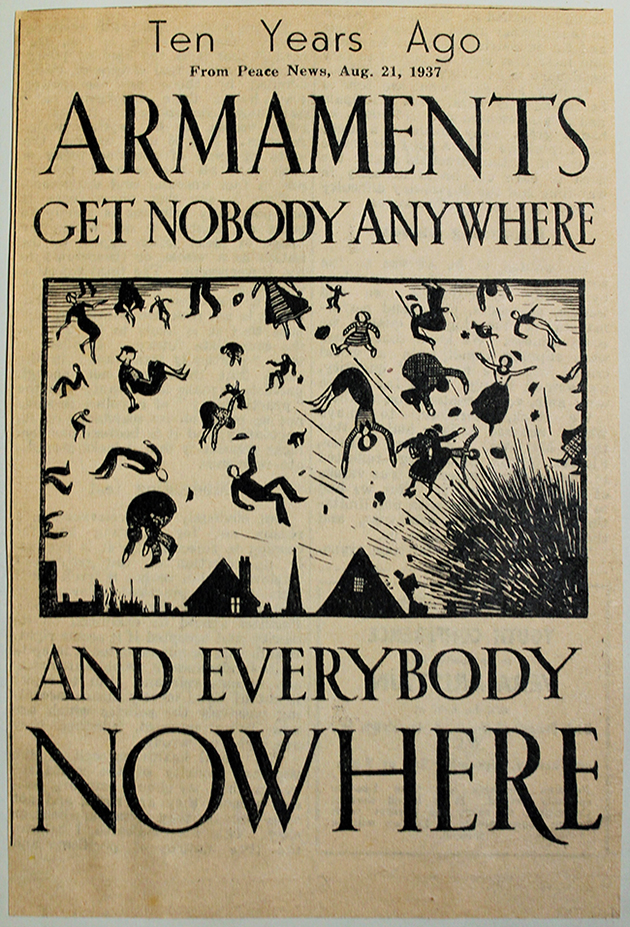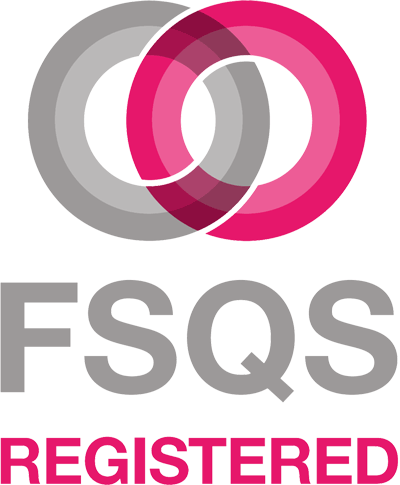Before you commence your glorious heritage digitisation project, you must select the items and collections you wish to digitise.
Often this is no simple decision as a number of competing factors come into play; the condition of the materials, available time and human resources, equipment, and of course budget are just some factors which will affect what and how much you can digitise.
But have you thought about using storytelling structures to help you decide which archives to digitise? If you’re digitising for the purpose of publishing the content online and engaging online users, this may just do the trick.
Storytelling structures or tropes are popular in learning, media, and marketing campaigns because they have been proven to engage people and have worked for millennia. Storytelling helps us process and retain information and is an incredibly useful tool for persuasion. Traditionally, it is also the way we have learned about our heritage, through oral histories and the like.
All of us can identify fantastic stories and narratives from our archives to share online. Think of classic storytelling tropes like quests, good vs. evil and coming of age stories. Our archives are bursting with all of these and more. History as we know it is, after all, a series of stories (true or false, and usually bits of both).
This, I think, is a great match for the opportunities that a digital platform can offer our archives and our online users.
Digitisation and Digital storytelling
Digitisation offers opportunities for curating, sharing, and commenting on select, precise stories. To make the best out of a digital opportunity, think about how the digital space can help you to engage your audience via the narratives you choose. Digital spaces offer more creative and customisable options for displaying your collections than most physical spaces, so choose items in your archives which will do well from being given these opportunities.
Of course, if your users have been requesting a certain collection be digitised then it may make sense to focus on that first. Not only does this serve your users, but evidence of high demand makes for very attractive funding bids. If the primary goal of your digitisation project is preservation then of course opportunities of online functionality becomes secondary.
If your project is based on engagement, however, your options are a lot less predetermined. You may also have too many options, especially when it comes to storytelling…
Finding a focus for your narrative
If that’s the case, pick a single narrative that really benefits from being presented on a digital platform. So it should be interesting to look at (click-bait all the way), concise (not everything has to be Epic), it encourages conversation (comments, likes, shares, what have you), it’s interesting or unusual (a new experience is always attractive), and it presents a coherent storyline that people will want to follow (see below for structure ideas).
Researchers who come and do the hardcore “book in for a week and don’t take breaks so they can beast through half a century of minute books and financial accounts” are great in our search rooms. However, consider how many different kinds of users are online that we want to attract. Decades of minute books may not be the way to do that, no matter how popular they are with the research crews.
Storyline structures
There are lots of different kinds of stories. To start with, try finding some classic storytelling tropes and structures in your archives which will help frame your digitisation project. Here are a couple that I frequently find in archives I’ve worked with.
The quest. This relates to any search for a thing of value such as status, happiness or wealth. One of my favourites from the Royal Northern College of Music is the story of Thomas Pitfield’s quest to find his place in the world of the Arts and not in engineering as his family prescribed. He described himself as “The thing that quacked when it should have clucked.”
Image below: Digitised Thomas Pitfield anti-war poster designed for the Peace Pledge Union in 1937.
He defied all obstacles (including money, time and war) and nay-sayers (including his family and his employers) and made a name for himself as an artist, composer, musician and teacher. He was much more besides. Needless to say, his archive is fascinating and filled to the brim with excellent candidates for digitisation.
Defeat a monster. This is anything to do with triumph over a malicious obstacle, your basic good vs evil. The co-operative movement is ripe with these narratives. The stories are told best in its advertising and propaganda, building plans and their insignia. These narratives are told in their minute books but again, minute books may not suit what a public digital platform thrives on: visually interesting and dynamic images, attractiveness to varied interests and provision for commentaries from as many people as possible. An absolutely fantastic example of online storytelling is on the National Co-operative Archive’s website with their arcHive resources.
You don’t need narratives of Homeric proportions. We don’t all have an Iliad in our archives. These storylines can be simple frameworks upon which to base your choices for your project, small or large.
Top tips for using digitisation to create a digital narrative
There is a lot of advice online for using storytelling for different means. To start off, here are some tips.
1. Plot out the story. A proper “beginning, middle, end” is a good structure. It will focus your choices and will ensure a satisfactory experience for your online users.
2. Choose items that will reap the benefits of a public digital platform which also illustrate key “plot” points. Use items that invite conversation and are interesting to look at, as well as help develop the story in a definite direction.
3. Be a storyteller and ask questions. Be dynamic and exciting but also invite alternative interpretations from your online users. Try asking, “What do you think the story would be as told from X person’s perspective?”
4. Don’t necessarily confine yourself to one collection. Digitisation allows for previously unconnected items to be easily explored in the context of each other. Experiment with the opportunity.
What do you think?
This method won’t work in every instance but I’m really interested to know what people think of it. Have you tried storytelling before? Are there storylines that you’d like to explore? Are there instances where you think this approach just wouldn’t work?
About Heather Roberts
Heather Roberts is currently archivist for the Royal Northern College of Music and owner of HerArchivist: Archive and Heritage Consultancy. Twitter: @herArchivist





 USE OUR ONLINE
USE OUR ONLINE








